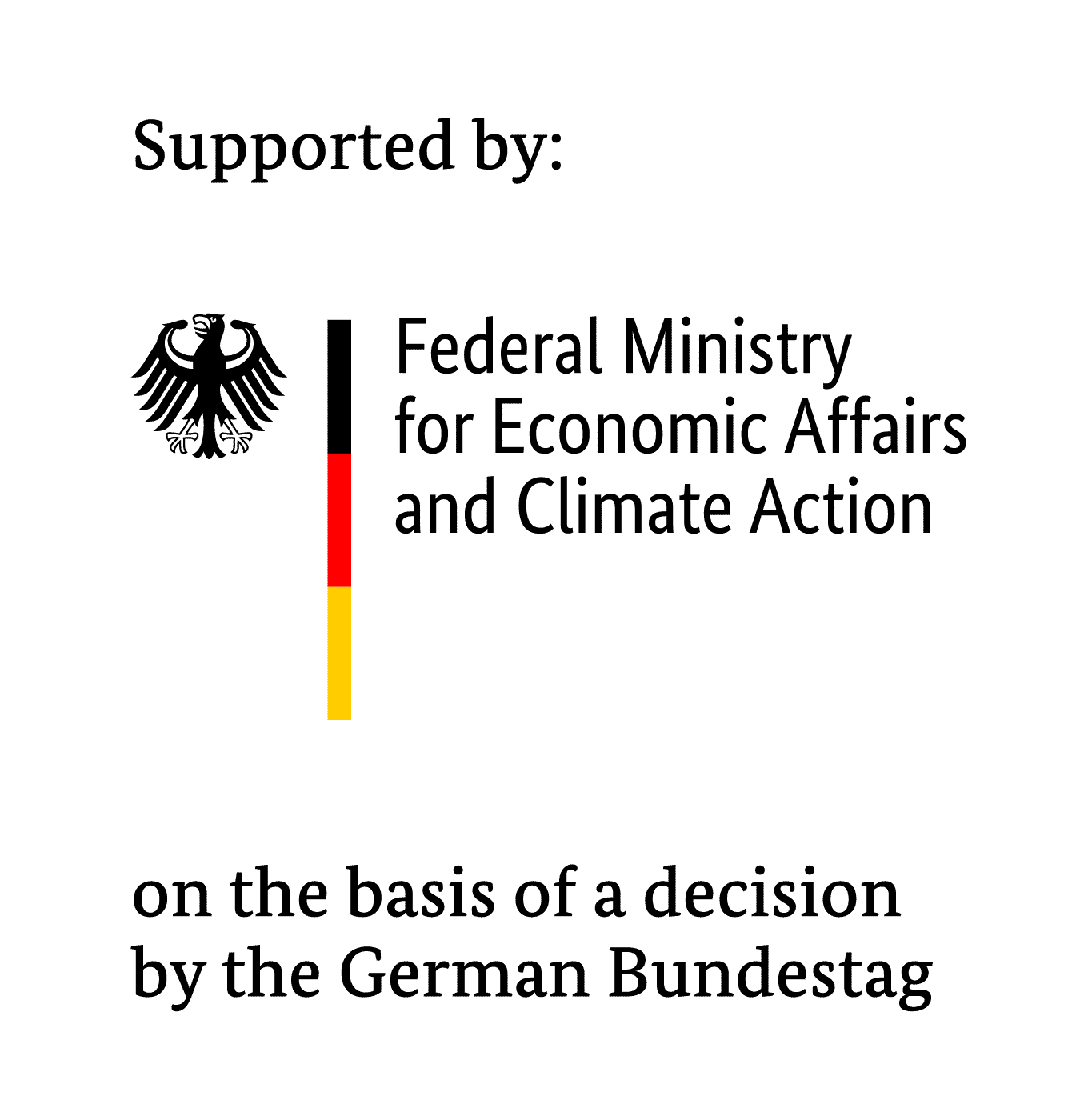Projectname:
Evaluation and Optimization of Contaminated Seal Performance for Food Packaging
Workgroup: Filling and packaging processes
Scientific Partners and Guidance:
IGF: 172 EBR
Financing: BMWi
Duration: 2016 – 2018
In the consumer goods industry, packaging represents a crucial step in the pro-cessing chain. One of the most common issues is the contamination of the seal area with solid or liquid product (particles, splashes, condensed water, etc.). Depending on the type of packa-ging material and contamination, the seal strength can be decreased up to 88%1. Market stu-dies with customary packaging have shown that over one third is of insufficient quality2. In 58% of the cases, seal contamination is the main reason for defective packaging3. For the pur-pose of food safety, it is critical to ensure packaging integrity. According to several manufac-turers, some sealing technologies and packaging materials are more suitable to seal through contamination than others, but scientific research into this topic is very limited.
The goal of the project is to develop a model and guideline for evaluation and optimisation of seal performance in the presence of contaminations and to in-crease the process stability when sealing product contaminated polymer films in the packaging process. The project will deliver a technology transfer towards interested companies, expertise in the field of sealing technologies, material properties and contamination characteristics is bund-led and used to optimize seal performance in the presence of contaminations.
In a first step, a protocol will be developed for applying different types of contamination (solid/liquid) to the seal area in a reproducible way. This protocol will be used to contaminate seal areas of common packaging concepts. Next, the contaminated seal surfaces are sealed using different technologies (heat conductive + ultrasonic + laser), as well as different settings for those. These seals are then characterised and serve as a basis to create a model for optimising seal performance in the presence of -a certain type of- contamination. Finally, this methodology will be validated by testing specific packaging concepts in combination with specific types of contamination for companies of the (SME) User Commit-tee. At the end of the project practical guidelines for optimising the seal performance in the presence of contamination will be available for the industry.
The practical guidelines will allow food pro-ducers to reduce food and/or packaging losses, innovate their production process and ultimately improve the food safety. Producers of packaging machines and packaging materials will also benefit from the project. It will allow them to improve their customer advising services. Compa-nies will be able to increase their sales area, number of clients and turnover.
The consortium is made up of research partners with complementary ca-pabilities (Fraunhofer IVV Dresden/Deutschland, UHasselt – the Packaging Technology Cen-tre/IMO-IMOMEC/Belgien, KU Leuven – MEBIOS/Belgien), and associations of SMEs active in food industry, machine producers as well as converters and packaging material producers.
Page 1 to 4 from Guideline 114 Siegelverhalten bei Nahtkontamination
all IVLV Guidelines

The IGF project presented here by the Research Association of the Industrial Association for Food Technology and Packaging (IVLV e.V.) is funded by the Federal Ministry for Economic Affairs and Climate Action as part of the program for the promotion of industrial community research (IGF) based on a decision of the German Bundestag.